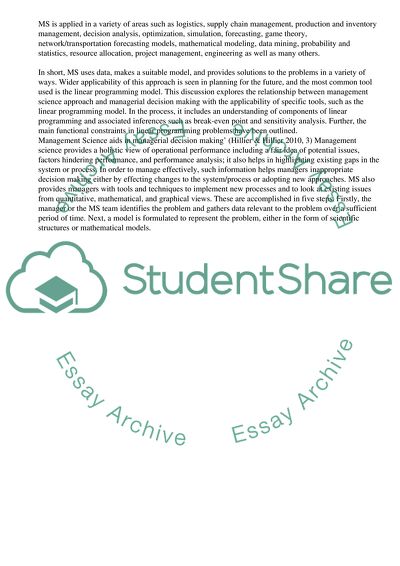Cite this document
(Management Science and Managerial Decision Making Coursework, n.d.)
Management Science and Managerial Decision Making Coursework. https://studentshare.org/management/1743650-management-science
Management Science and Managerial Decision Making Coursework. https://studentshare.org/management/1743650-management-science
(Management Science and Managerial Decision Making Coursework)
Management Science and Managerial Decision Making Coursework. https://studentshare.org/management/1743650-management-science.
Management Science and Managerial Decision Making Coursework. https://studentshare.org/management/1743650-management-science.
“Management Science and Managerial Decision Making Coursework”. https://studentshare.org/management/1743650-management-science.


